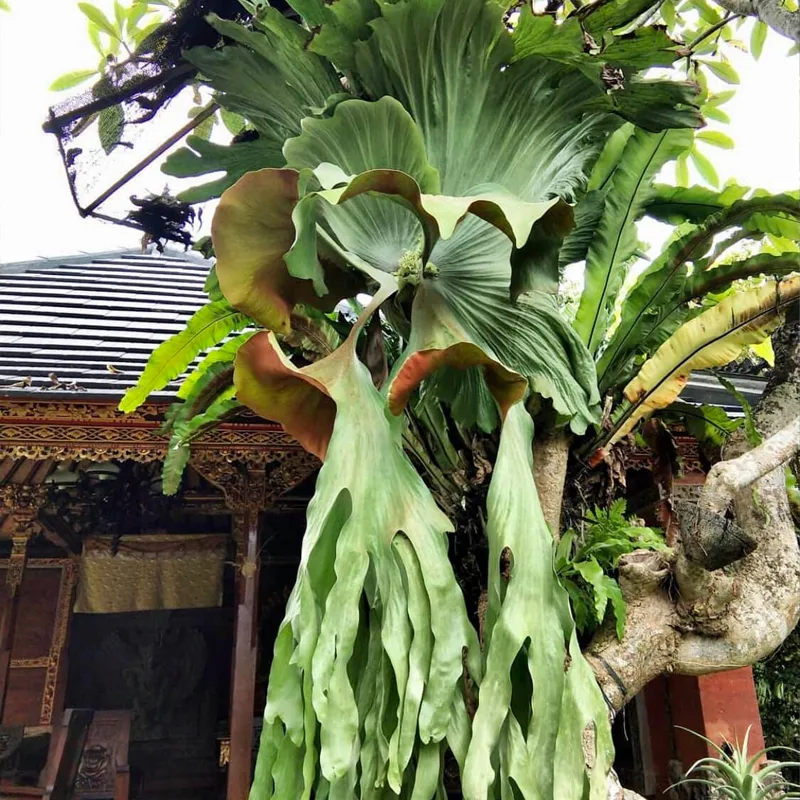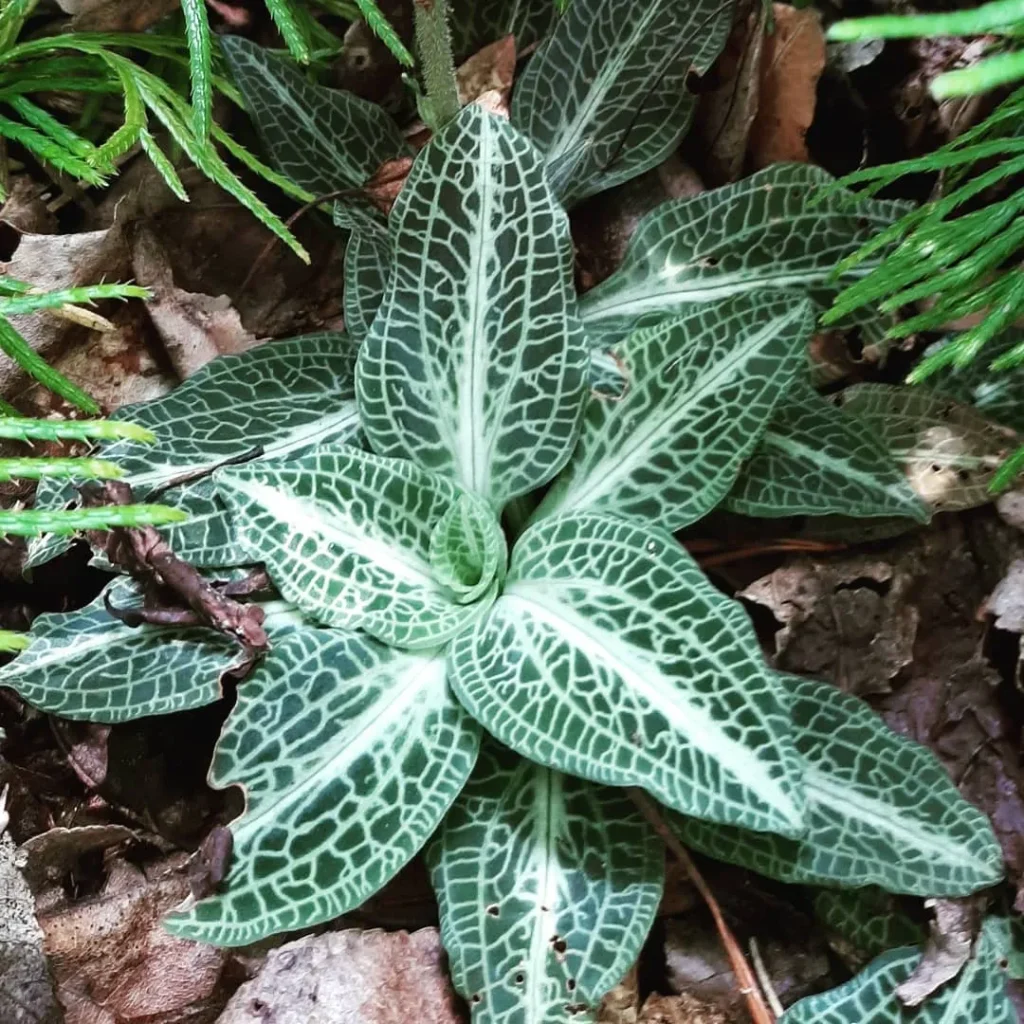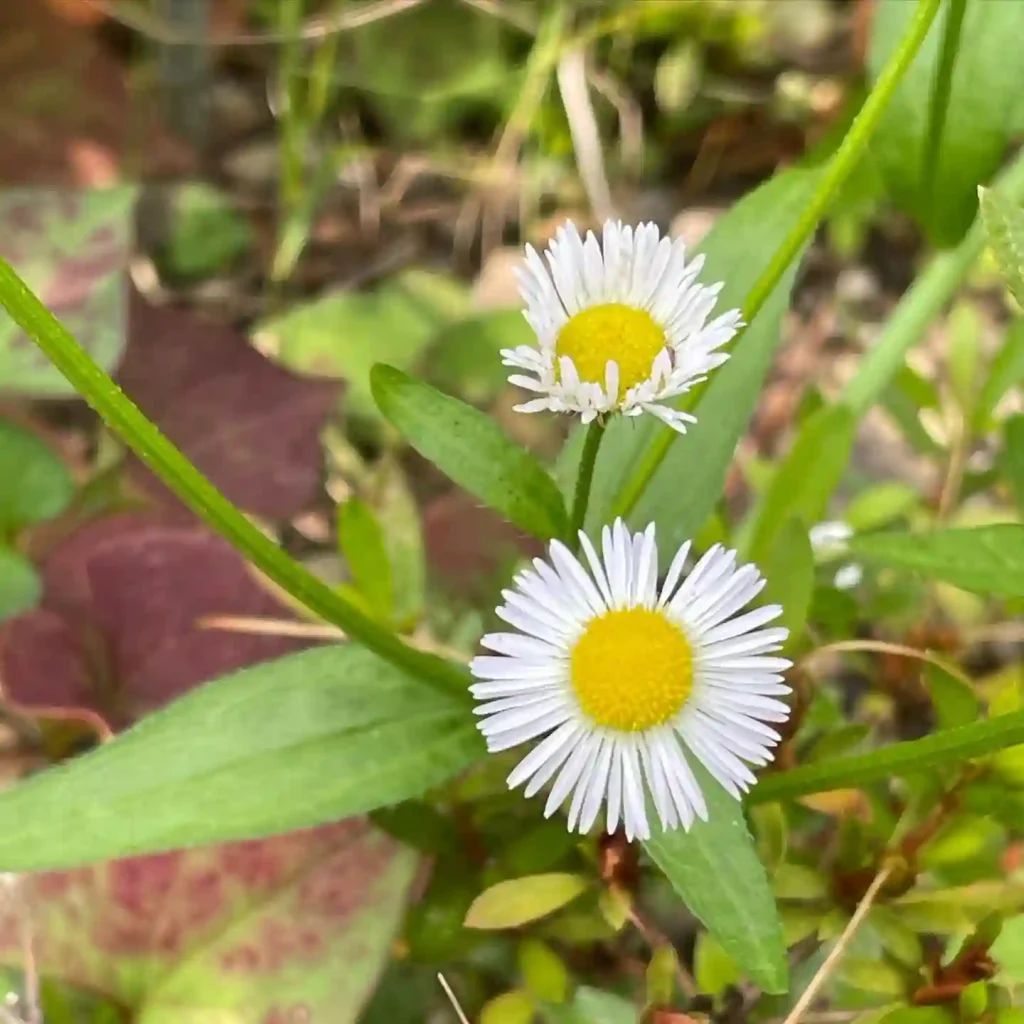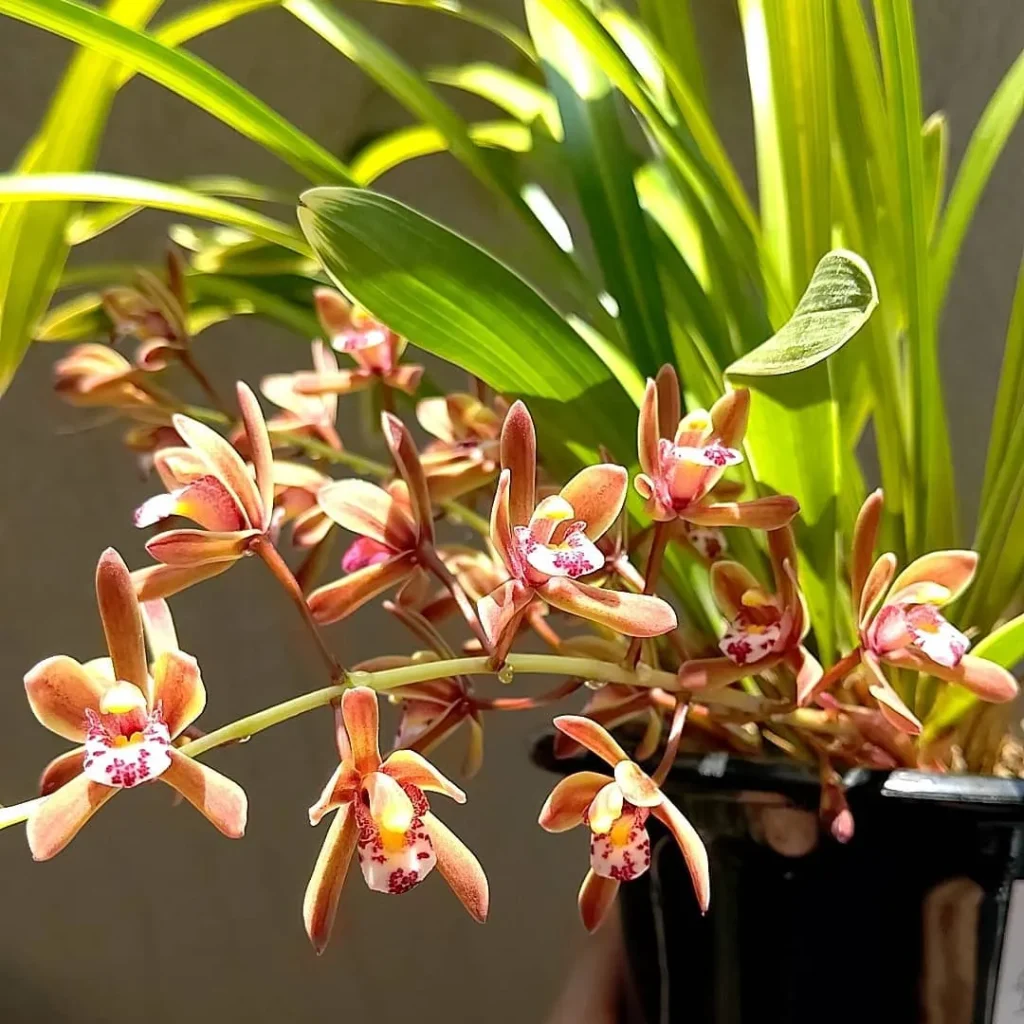Exploring the Goupiaceae Family and the Goupia Genus
When diving into the world of plant families, one of the lesser-known but fascinating families is Goupiaceae. This family features a unique genus, Goupia, which piqued my interest during my botanical explorations. In this article, I’ll share my journey of discovery and the significant aspects of the Goupiaceae family and its defining genus.
What is the Goupiaceae Family?
The Goupiaceae family is a small family of flowering plants, primarily recognized for its distinctive characteristics and its role in the ecosystem. What intrigues me about this family is its limited distribution, mostly found in tropical regions of South America. Plants in this family are often found in dense, humid forests, showcasing their adaptability to specific ecological niches.
The family comprises a few genera, but Goupia is the most notable. Understanding this family has deepened my appreciation for the diversity of plant life and the intricate relationships within ecosystems.
Delving into the Goupia Genus
The Goupia genus includes a small number of species, with Goupia glabra being the most prominent. I remember my first encounter with Goupia glabra during a hike in a tropical rainforest. The tree stood tall, with its glossy green leaves shimmering under the dappled sunlight. What struck me most was the unique texture of its bark, which felt almost smooth yet resilient.
Goupia species are known for their hard and durable wood, often used in local carpentry and construction. This practical application showcases the significance of Goupia in the lives of people living in the regions where it thrives. The wood is not only valued for its strength but also for its resistance to rot, making it ideal for outdoor furniture and other structures.
Ecological Significance
One of the remarkable aspects of the Goupiaceae family is its ecological role. Goupia trees contribute to the biodiversity of their habitats, providing shelter and food for various wildlife species. I’ve often observed birds and insects frequenting these trees, drawn to their foliage and the flowers they produce.
The ecological relationships are complex, with various species relying on Goupia for sustenance. This interdependence is a testament to the intricate web of life within tropical forests. As I ventured deeper into these ecosystems, I found myself reflecting on how every plant, including those in the Goupiaceae family, plays a crucial role in maintaining ecological balance.
Conservation and Threats
Despite their ecological importance, the Goupiaceae family faces threats from deforestation and habitat loss. During my travels, I’ve seen firsthand the impact of logging and land conversion for agriculture. These activities not only threaten Goupia species but also the myriad of organisms that depend on these forests.
Conservation efforts are vital to protect this unique family and its habitats. I’ve participated in several initiatives aimed at raising awareness about the importance of preserving tropical forests. Supporting local communities in sustainable practices can help ensure that species like Goupia continue to thrive in their natural environments.
Cultivation and Uses
While Goupia species are primarily wild, I’ve often wondered about the potential for cultivation. Their striking appearance and robust wood could make them appealing for ornamental planting in suitable climates. However, cultivating them comes with challenges, including the need for specific soil conditions and climate requirements.
In local cultures, Goupia wood has been used traditionally for making tools and building materials. I’ve had the chance to see artisans work with this wood, transforming it into beautiful and functional pieces. The craftsmanship involved reflects a deep understanding of the material, highlighting the connection between people and their environment.
Final Thoughts
Exploring the Goupiaceae family and the Goupia genus has been a journey of discovery for me. I’ve gained insights into the ecological significance of these plants and their role in the ecosystems they inhabit. Understanding the challenges they face, from habitat loss to the need for conservation, has deepened my appreciation for the natural world.
As I continue my explorations, I encourage others to delve into the fascinating world of plant families like Goupiaceae. There’s so much to learn and appreciate about the diversity of life on our planet. By raising awareness and supporting conservation efforts, we can ensure that unique families like Goupiaceae continue to thrive for generations to come.
If i die, water my plants!



